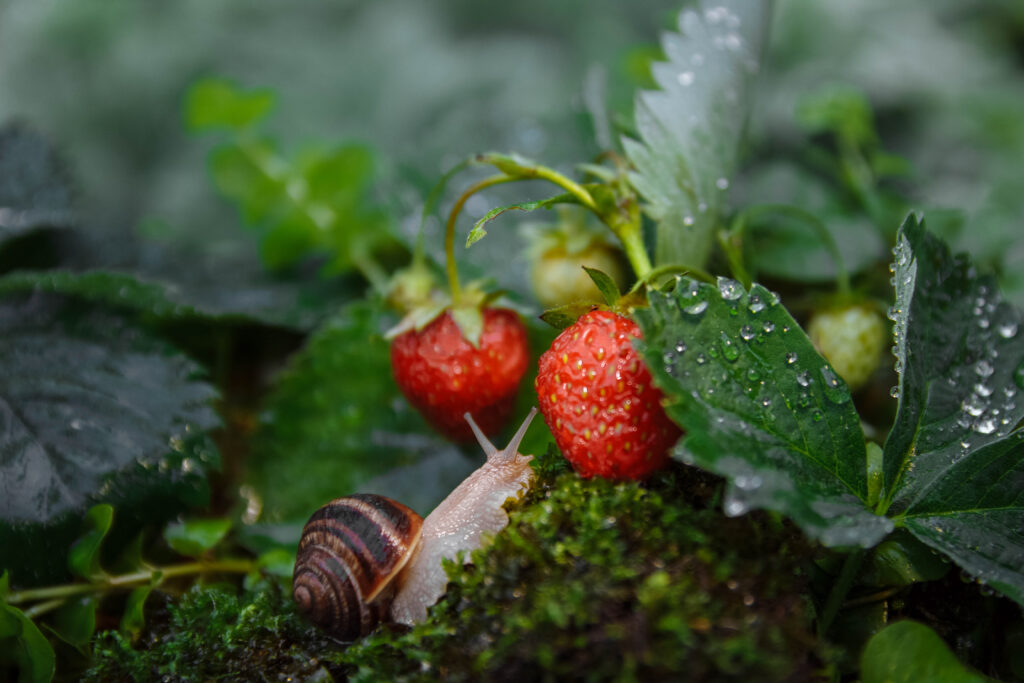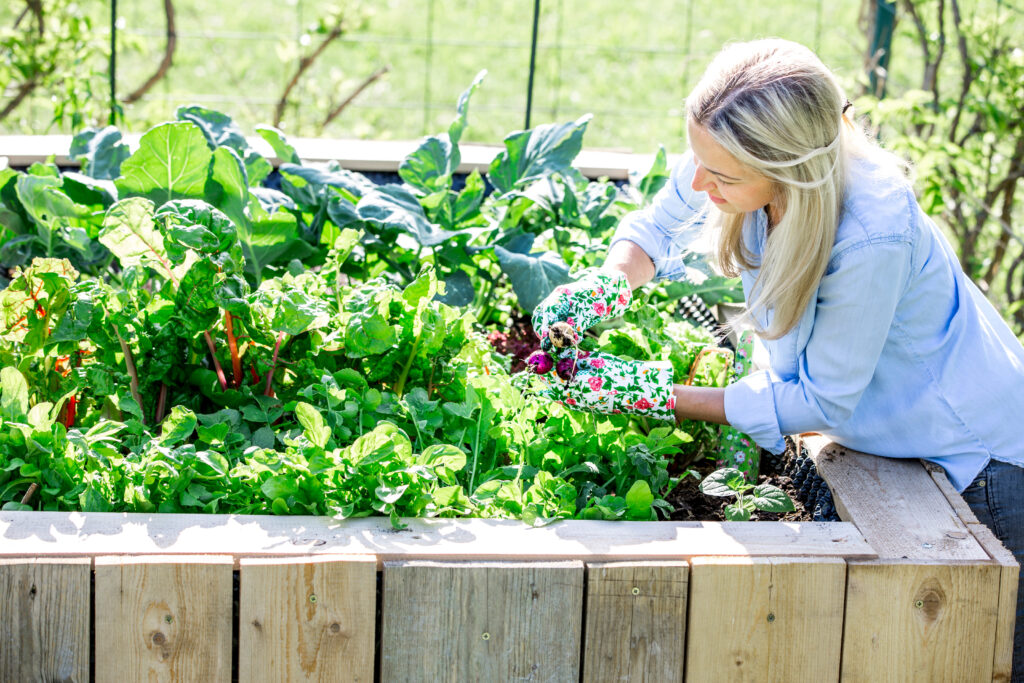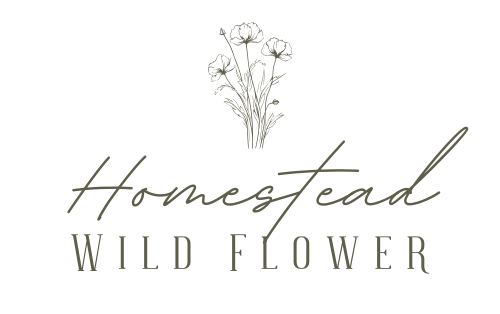
There’s nothing more disheartening than watching your beautiful tomato plants, leafy greens, or juicy strawberries get chewed to pieces overnight. Ask me how I know! When I first started gardening, I thought pests were just part of the deal — until I realized you can protect your crops naturally, without harsh chemicals, and without throwing off your garden’s balance. Here’s everything I’ve learned (sometimes the hard way) about natural pest control for a thriving, chemical-free garden.
Why Natural Pest Control Matters
A self-sufficient garden is all about working with nature, not against it. Pesticides don’t just kill bad bugs — they wipe out the good guys too and can mess with soil health, water quality, and even your crops themselves. The goal is to create a balanced ecosystem where pests are kept in check naturally, without disrupting the whole system.
💡 Personal tip: After one too many fights with aphids (and trying every spray under the sun), I realized planting marigolds and attracting ladybugs was way easier — and way more effective.
Start with Healthy Soil
Healthy soil grows strong plants, and strong plants are less attractive to pests.
- Feed your soil with compost and organic matter.
- Avoid over-fertilizing — too much nitrogen makes plants tender and extra tasty to bugs.
- Rotate crops each season to break pest cycles.
In my garden, the healthiest plants almost always have fewer pest problems. Weak plants? They’re the first ones attacked.

Use Companion Planting
Some plants naturally repel pests or attract beneficial insects that keep pests in check.
- Marigolds – Deter nematodes, aphids, and whiteflies.
- Basil & tomatoes – Basil repels hornworms and enhances tomato flavor.
- Nasturtiums – Act as a “trap crop,” attracting aphids away from veggies.
- Onions & carrots – Onions deter carrot flies.
Personal tip: I always tuck marigolds, basil, and nasturtiums in my vegetable beds — they pull double duty as pest control and pollinator magnets.
Attract Beneficial Insects
Your best garden defenders are often tiny predators that eat the pests for you.
- Ladybugs – Eat aphids, mites, and whiteflies.
- Lacewings – Love aphids and caterpillars.
- Parasitic wasps – Lay eggs in pest larvae, stopping them cold.
- Hoverflies – Devour aphids and other soft-bodied insects.
Create habitat with:
- Flowering herbs like dill, fennel, and cilantro
- Native wildflowers
- Shallow water sources (even a shallow dish works)
I plant a little “pollinator strip” of flowers near my veggie beds every year — it’s gorgeous and brings in the good bugs.

Physical Barriers & Row Covers
Sometimes the simplest way to protect plants is to physically block pests.
- Floating row covers – Great for keeping cabbage worms off brassicas.
- Netting – Keeps birds off berries and squash bugs off zucchini.
- Collars – A ring of cardboard around seedlings deters cutworms.
I use row covers for my kale, cabbage, and broccoli every spring — it’s the only thing that keeps cabbage moths from turning them into Swiss cheese.
Homemade Sprays & Treatments
When pests get out of hand, gentle homemade sprays can knock them back without harming your garden.
- Neem oil spray – Works for aphids, mites, and fungal diseases.
- Garlic spray – Repels aphids, whiteflies, and even some larger pests.
- Soap spray – Mix mild soap with water to coat soft-bodied insects (like aphids and spider mites) and suffocate them.
- Diatomaceous earth – Sprinkle around the base of plants to cut up soft-bodied pests like slugs and caterpillars.
Personal tip: I keep a spray bottle of neem oil and soap mix handy in the garden shed — a quick spritz at the first sign of aphids keeps them from spreading.
Common Garden Pests & How to Manage Them
Here are some of the biggest troublemakers and how I handle them naturally:
| Pest | Natural Control Options |
| Aphids | Ladybugs, neem oil, companion planting |
| Cabbage worms | Row covers, hand-picking, Bt (organic bacteria) |
| Squash bugs | Hand-picking, neem oil, trap crops |
| Slugs | Beer traps, diatomaceous earth, hand-picking |
| Tomato hornworms | Hand-picking, parasitic wasps |
| Spider mites | Neem oil, good airflow, avoid over-fertilizing |
| Japanese beetles | Hand-picking, trap crops, neem oil |
I’ve made peace with the fact that hand-picking is part of garden life — especially with squash bugs. My kids think it’s gross, but it works!
FAQs About Natural Pest Control
With a little planning and some hands-on attention, you can keep your garden thriving without ever reaching for harsh chemicals. Remember, pests are part of nature — the goal isn’t to eliminate every bug, but to keep a healthy balance where your crops can thrive. Plus, learning to work with nature instead of fighting it? That’s what self-sufficient gardening is all about.
Cheers to Garden Success!
Linnea
